
Introduction
Nails are so much more than just another part of the body that needs grooming. As they basically evolved from claws, nails serve as a tool and are used for scraping, peeling, picking, tweezing, pinching and many other things.
Nails, both on fingers and toes, are made of a protein called keratin, the same one that hooves and horns in animals are made of. A nail consists of the nail matrix, which is the only “living” part of the nail, the nail plate, nail bed and grooves on the sides.
Many experts believe that by simply looking at these parts of the nail a person can tell if there is an underlying, internal condition going on in the body. Therefore, nails can be considered something of a diagnostic means, or at least they can be a first warning sign that there is something wrong.
How the nails reflect the health
Many diseases, such as lung disease, liver disease, nasal polyps, anemia and others, actually cause changes on the nails.
For example, the nail bed in a healthy person should be light pink. If the nail bed is very pale or white, it can indicate anemia. Anemia, which means low red blood cell count, can, in turn, indicate another, possibly more serious disease.
Nails that grow opaque and whitish often indicate a liver problem, such as liver failure.
White nails that have a dark bed at the tip, which is called Terry’s nails, can either be a normal sign of aging or a symptom of congestive heart failure, liver disease or diabetes.
Nails that contain two shades or colors, usually white on the bottom and pink at the upper half, can be a sign of a kidney problem. Bluish nails, together with bluish lips, are called cyanosis and indicate a problem with the oxygen supply, originating from a lung problem.
Greenish shade of nails is a sign of a bacterial infection caused by Pseudomonas aeruginosa. Yellowish nails can either be affected by nail fungus or they may be a sign of nasal polyps, although this symptom is fairly rare.
Thickened nails or nails that easily crumble are the tell-tale sign of fungal infection. Thickening can also be due to aging, and in that case the nail may become extremely difficult to cut or trim, which can affect the mobility of the person.
A dark brown or black dot or line on the nail bed can indicate either a small mechanic injury, for example with a needle or a nail, but it can also indicate a much more serious problem- melanoma or skin cancer.
Clubbing of the nails, which means that, when they grow, they curve downwards, like claws, especially if it has not always been present, may be a sign of lung cancer.
Spoon nails, when they curve outwards, just like a spoon, are often associated with iron deficiency.


_f_280x120.jpg)

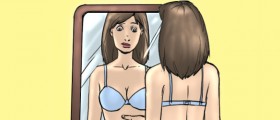
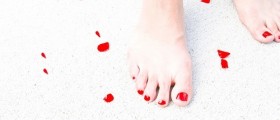

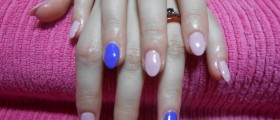
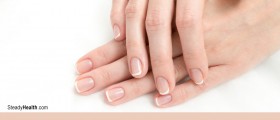
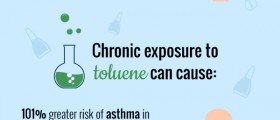
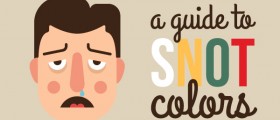
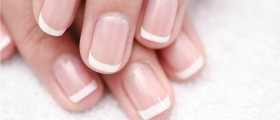

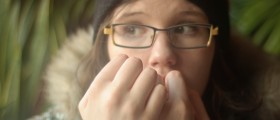


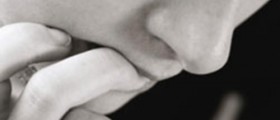
Your thoughts on this
Loading...